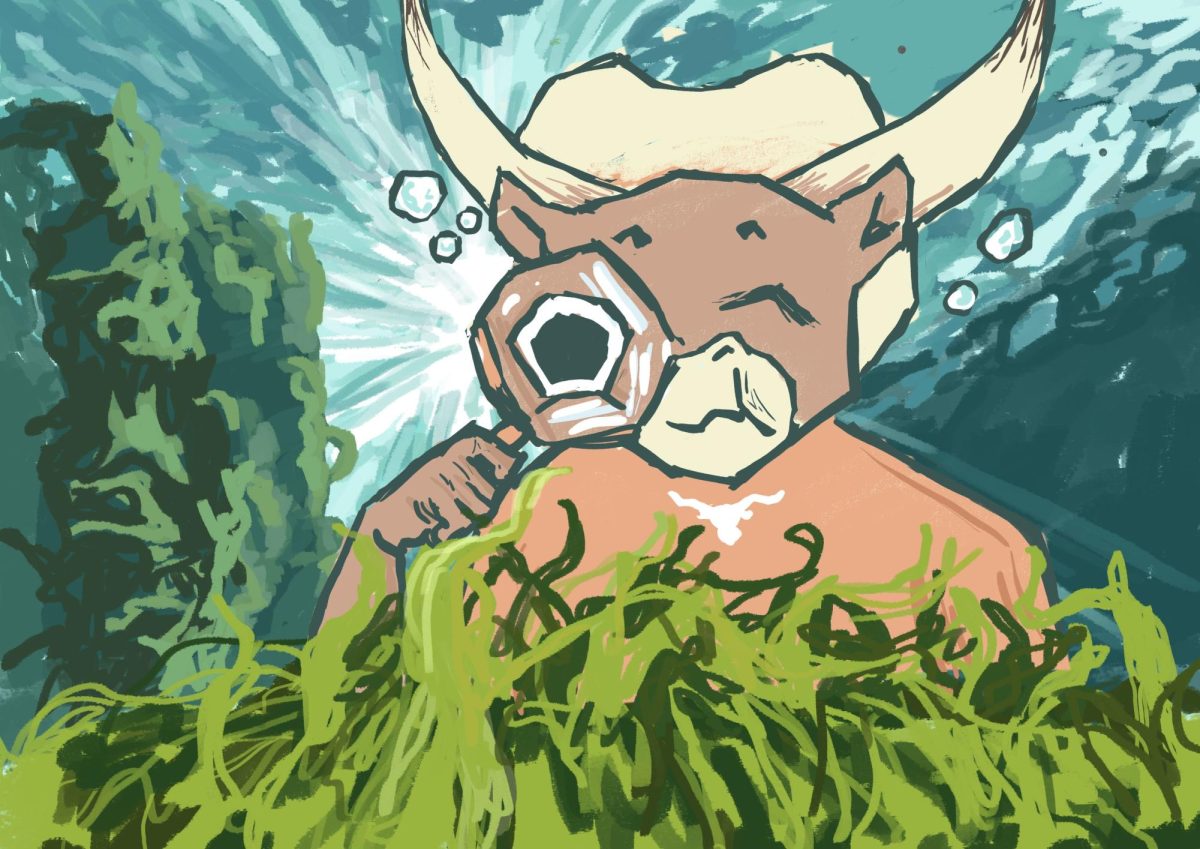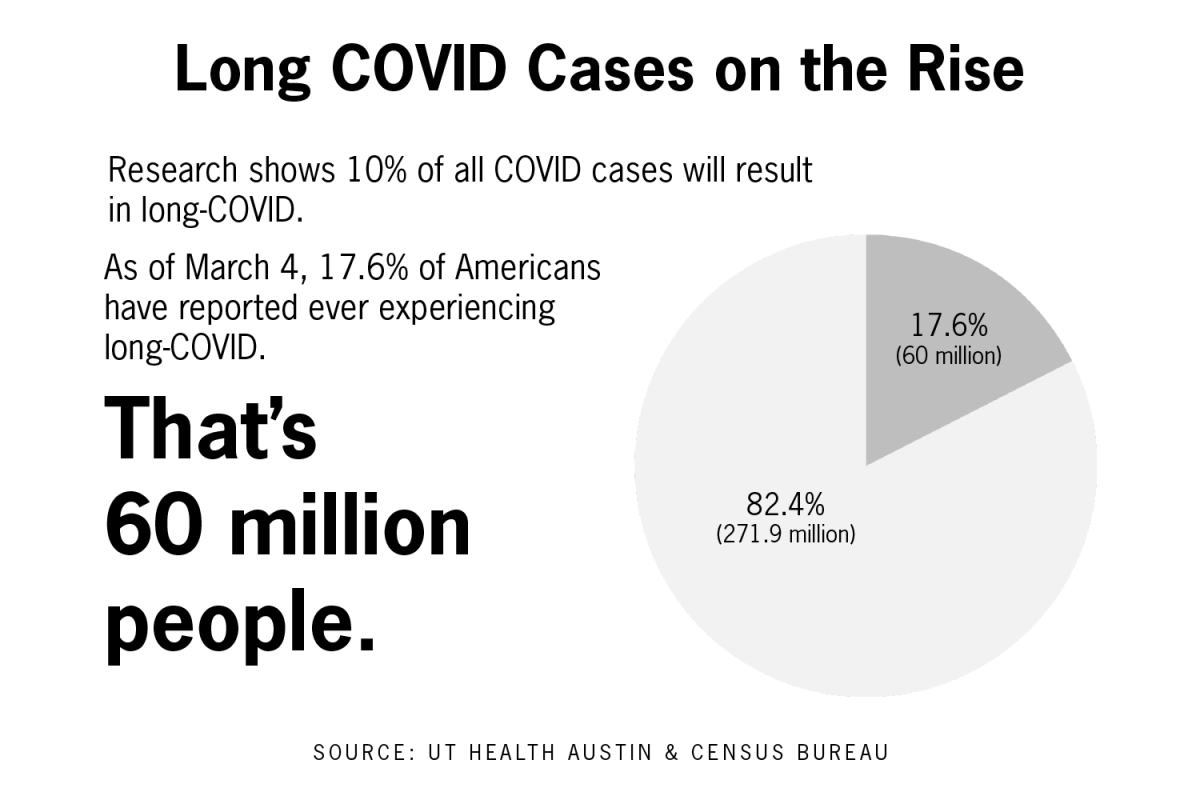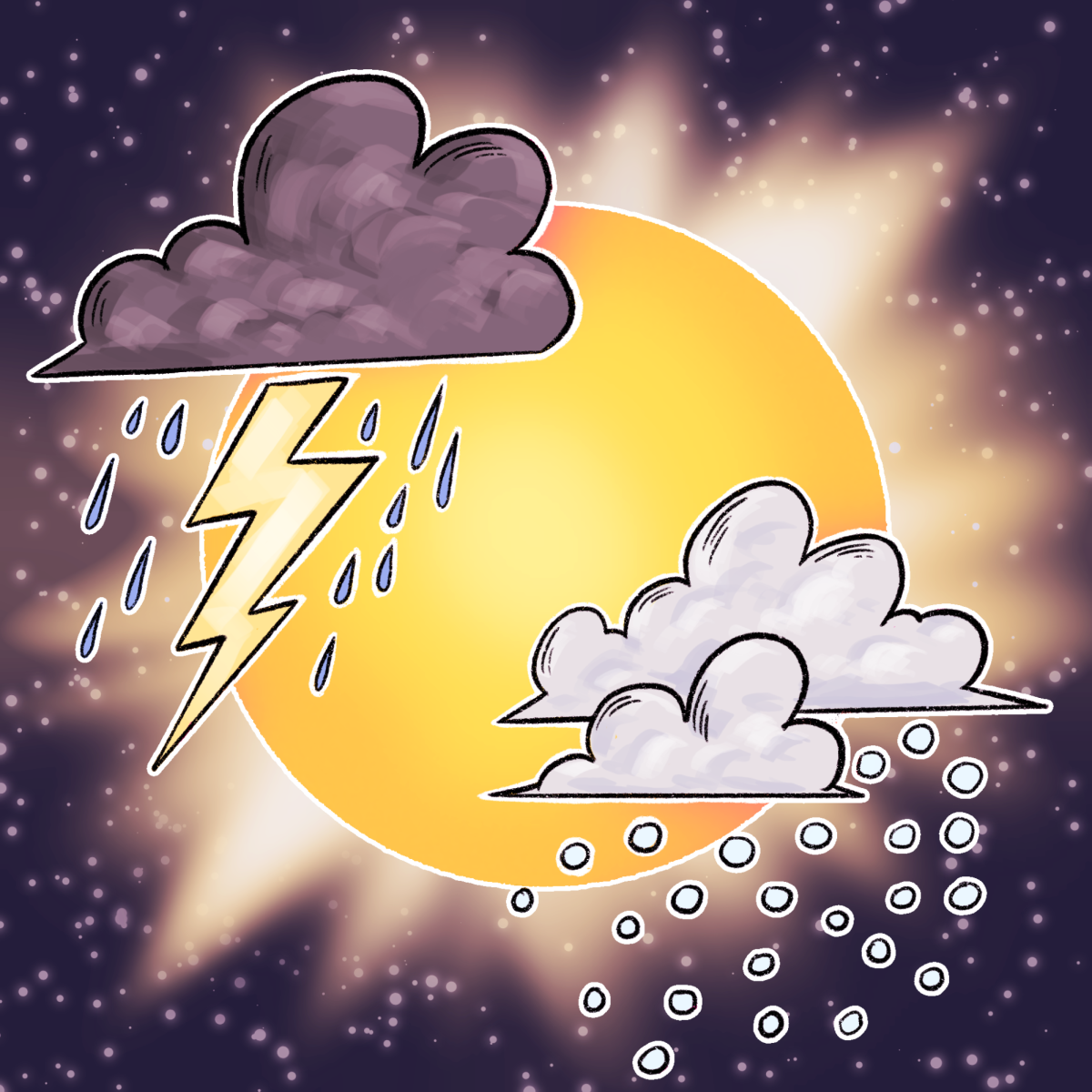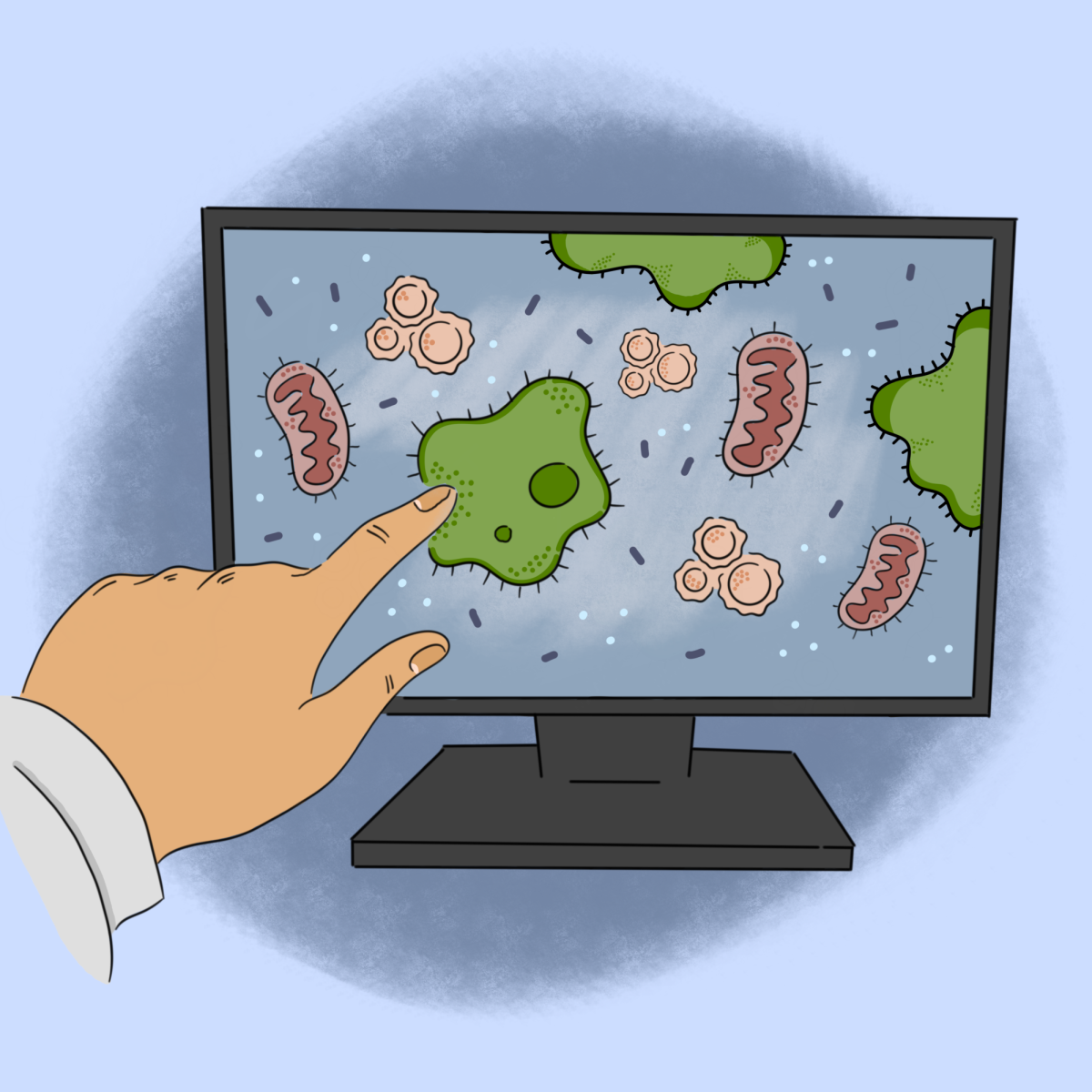A recent study conducted by UT marine scientists linked rising sea levels in the Gulf of Mexico to the loss of seagrass habitats in Texas.
The study was conducted by Kyle Capistrant-Fossa, a UT doctoral student, and Ken Dunton, a professor at the University’s Marine Science Institute. Capistrant-Fossa said he first noticed the rising sea levels when working on a project with Dunton monitoring seagrass habitats.
“(The project’s lab manager told me) when she first started going out there, the water level was chest deep, but some of the last times she’s been going out there, she has almost had to bring a milk crate to stand on, it was so deep,” Capistrant-Fossa said. “That was a starting point for me to think about what might have been going on out there.”
Capistrant-Fossa said he noticed the lack of seagrasses at the site and analyzed data, which led to a discovery that lower sea levels correlated with fewer seagrass habitats.
Seagrasses are global resources that help fuel the economy, Dunton said.
“Anybody who fishes in Texas knows the value of seagrasses,” Dunton said. “The fishery (on the Texas coast) is valued at tens of millions of dollars annually, and most of it is related to seagrasses. That’s where the fish go to spawn, where they go to hide from predators, where the juveniles grow up because it’s a source of food, and of course, source of habitat.”
Dunton said the next step is to develop a detailed mapping program for seagrass habitats in Texas.
“We haven’t had a really good mapping program for seagrasses for 20 years,” Dunton said. “One of the efforts that’s being made now is to write a proposal or to get a project funded, which synoptically maps seagrass on the Texas coast from basically Galveston over to Brownsville.”
Capistrant-Fossa said the sea level heights recorded in the study exceeded expectations, and he couldn’t believe other people weren’t talking about it. He said while the team put together the study’s manuscript, researchers from Tulane University released a study confirming their findings.
“In a lot of the papers that I’ve read, sea level rise is this big, faraway problem that we don’t have to worry about right now,” Capistrant-Fossa said. “It’s affecting seagrasses and causing losses now, and it’s an issue that we have to deal with. Now it’s no longer a future problem, it’s contemporary.”















